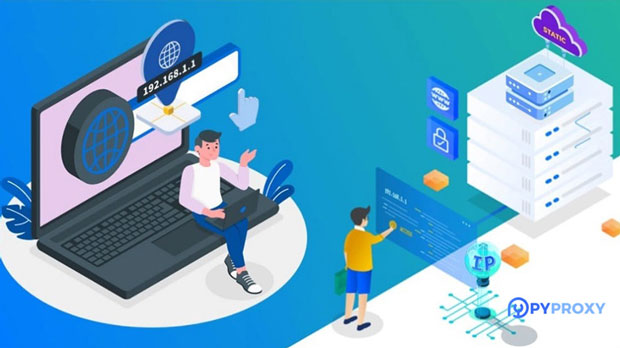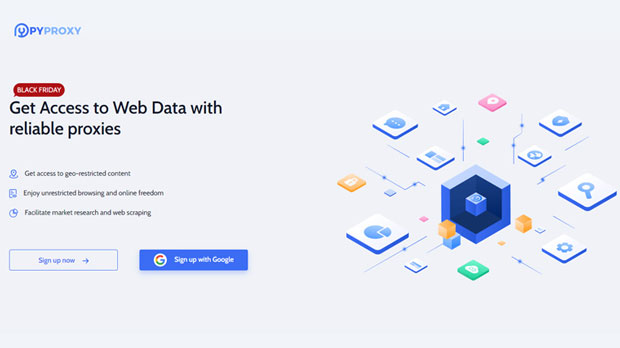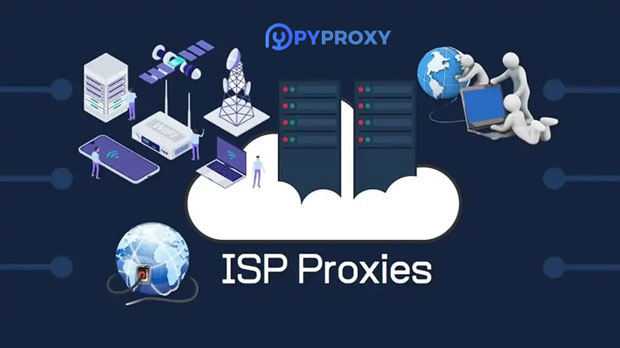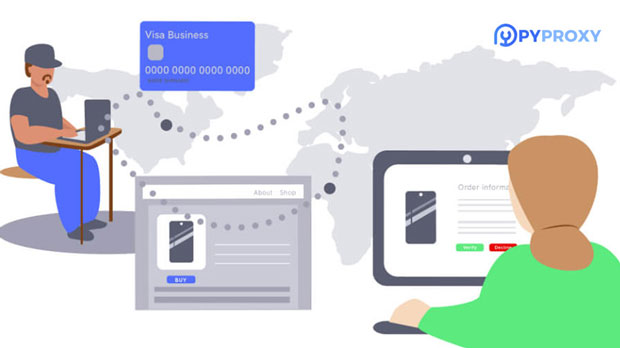How to implement multitasking in the Socks5 proxy software window?
In today’s fast-paced digital world, managing multiple tasks simultaneously has become a necessity. This is especially true when using socks5 proxy software, which allows users to route their internet traffic through remote servers for enhanced security and anonymity. However, handling multiple tasks within the proxy software window can often become overwhelming, particularly for users who need to manage several connections or processes at once. This article explores various strategies and features within Socks5 proxy software that enable efficient multi-task management, ensuring a smoother and more productive user experience. We will delve into window management, task switching, session handling, and automation, providing actionable insights for optimal performance. Understanding Socks5 Proxy and the Need for Multi-task ManagementBefore diving into how multi-task management works in the context of socks5 proxies, it’s important to understand what a Socks5 proxy is and why managing multiple tasks is vital. A Socks5 proxy is an advanced version of the Socks protocol, which routes internet traffic through a proxy server to enhance privacy, security, and bypass geographical restrictions. Unlike traditional HTTP proxies, which only work with specific types of web traffic (like browsing), Socks5 proxies support a wide range of protocols, such as FTP, email, and peer-to-peer (P2P) traffic. This makes them ideal for users who need anonymity across various online activities.However, as users engage in a variety of tasks — such as downloading files, accessing restricted content, or managing multiple web sessions simultaneously — keeping track of each operation can become complex. This is where multi-task management comes into play, ensuring users can efficiently control and monitor several tasks within the same interface.Core Features for Multi-task Management in Socks5 Proxy SoftwareFor effective multi-task management in Socks5 proxy software, several features need to be available and optimized. These include:1. Tabbed Interface The tabbed interface is one of the most common ways to manage multiple tasks in software. In a Socks5 proxy software window, tabs can be used to open separate connections, each dedicated to a different task. For example, one tab might handle a web browsing session, while another might be used for file downloads, and a third could be dedicated to P2P activities. This way, users can easily switch between tasks without losing track of their progress.2. Connection Management The ability to manage and monitor individual connections is crucial when dealing with multiple tasks. An effective Socks5 proxy software should allow users to view each active connection’s status, such as connection speed, uptime, and the data being transferred. By providing clear visual feedback on each task, users can identify potential issues with specific tasks without disrupting the entire workflow.3. Session Persistence For users handling long-term tasks, such as file uploads or maintaining remote connections, session persistence is key. Socks5 proxy software should allow users to keep sessions open even after closing the window or restarting the software. This feature is particularly important for users who want to maintain their proxy sessions without needing to manually reconfigure settings each time they launch the software.4. Task Scheduling and Automation Many Socks5 proxy software solutions offer scheduling and automation features, which enable users to pre-set tasks or trigger actions based on certain conditions. For example, users can schedule a specific connection to activate at a particular time or automate the switching of proxies based on specific tasks. This reduces the need for manual intervention and ensures tasks run smoothly without constant user input.5. Resource Allocation and Load Balancing In multi-tasking environments, resources such as bandwidth and processing power must be allocated effectively. Load balancing features in Socks5 proxy software can distribute traffic across multiple servers or connections to prevent bottlenecks. By managing these resources, users can ensure that one task does not monopolize the system’s capabilities, allowing for smoother simultaneous execution of several tasks.Optimizing Workflow: Best Practices for Multi-task ManagementWhile the features mentioned above are essential, using them effectively requires an understanding of best practices that can optimize the overall workflow within the Socks5 proxy software. Below are several tips for maximizing efficiency:1. Group Similar Tasks Together It’s often more efficient to group related tasks into separate windows or tabs. For example, if you’re using the proxy for web browsing and streaming, it’s a good idea to have one tab for browsing activities and another for streaming. This reduces the likelihood of cross-task interference, ensuring that each task runs at optimal performance levels.2. Monitor Connection Performance Regularly Regularly checking the status of each connection helps identify issues before they impact your tasks. If one connection is running slower than expected, it might be time to switch to a different proxy server or troubleshoot the connection. Many Socks5 proxy software solutions provide real-time connection performance analytics, which can be used to track bandwidth consumption and latency.3. Leverage Proxy Rotation When managing several sessions, rotating proxies is an effective way to prevent blocking or throttling by websites. Some Socks5 software allows for automatic proxy rotation, meaning each task can use a different IP address. This feature is particularly useful for web scraping or activities that require anonymity.4. Automate Repetitive Tasks Many users can benefit from automating repetitive tasks, such as IP rotation or reconnection. By setting up automation, users can ensure these tasks are carried out seamlessly without requiring manual input. Automation not only saves time but also minimizes the risk of human error.5. Ensure Proper Error Handling When managing multiple tasks, errors are bound to occur. Whether it’s a connection failure, proxy timeout, or an issue with a specific task, it’s essential that the proxy software provides adequate error handling. Alerts and logs should be set up to notify users of any issues, and the software should have mechanisms for automatically retrying or recovering from errors.Advanced Multi-task Management StrategiesFor advanced users or those who rely heavily on Socks5 proxies for business or research purposes, more sophisticated strategies can be employed:1. Use Multiple Instances of Socks5 Software If the proxy software supports running multiple instances simultaneously, this can be an effective way to manage different sets of tasks. Each instance can be configured to handle specific activities, such as web browsing, email management, or data scraping, ensuring that resources are distributed according to task priority.2. Network Monitoring Tools Advanced network monitoring tools can be integrated with Socks5 proxy software to track the performance of each task and connection in real-time. These tools can provide detailed analytics on traffic patterns, usage statistics, and potential network bottlenecks, allowing users to proactively optimize performance.3. Custom Scripting and API Integration For highly technical users, scripting and API integration can allow for granular control over the proxy software. Custom scripts can automate complex workflows, such as session management, IP switching, and data handling, while API integrations enable users to connect the proxy software with other systems or tools for more comprehensive task management.ConclusionEfficient multi-task management in Socks5 proxy software is essential for maximizing productivity and maintaining control over several simultaneous tasks. By utilizing features like tabbed interfaces, connection management tools, session persistence, and automation, users can streamline their workflows and avoid the frustration of manual oversight. Following best practices, such as grouping tasks, monitoring performance, and automating repetitive actions, can further optimize the user experience. For advanced users, implementing strategies like running multiple instances or integrating network monitoring tools can provide even greater control and efficiency. By mastering these features and strategies, users can ensure that their multi-task management in Socks5 proxy software remains effective and hassle-free.
2024-12-30

























































